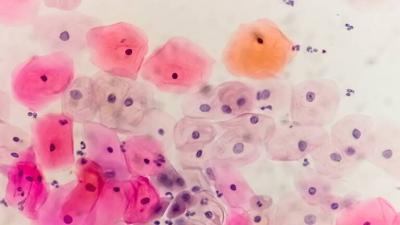A new study has shown that one in three men worldwide over the age of 15 is infected with at least one type of sexually transmitted infection (STI) that is commonly believed to only affect women. The study indicates that men frequently contract human papillomavirus (HPV), a group of viruses that affect the skin and moist membranes lining the human body, such as the cervix, anus, mouth, and throat.
The research, recently published in The Lancet Global Health, found that one in three men over the age of 15 is infected with at least one type of HPV, with about one in five men in this age group infected with one or more high-risk HPV types known to cause cancer. Of more than 100 known HPV types, approximately 30 can affect the genital area.
One of the main misconceptions about the virus is that it only infects women, but doctors warn that the majority of people are likely to contract HPV in their lives "regardless of gender." The prevalence of genital HPV infection among the general male population was assessed based on studies published between 1995 and 2022, conducted by researchers, including a team from the Catalan Institute of Oncology – IDIBELL in Spain.
The global prevalence rate was found to be 31% for any HPV virus, with approximately 21% for high-risk HPV. The team stated in the research paper: "Our findings show that the prevalence of HPV is high among men over the age of 15, supporting that sexually active men, regardless of age, are an important reservoir for genital HPV infections."
HPV type 16 was the most prevalent genetic strain of HPV, followed by HPV type 6. The analysis revealed that HPV was most prevalent among younger individuals, peaking between the ages of 25 and 29, and stabilized or slightly decreased among older populations. The aggregated prevalence estimates are similar for Europe, North America, sub-Saharan Africa, Latin America and the Caribbean, and Australia and New Zealand. The estimates for East and Southeast Asia were half those of other regions.
While the majority of HPV infections in both men and women are asymptomatic, they can lead to long-term health issues and deaths, with more than 340,000 women dying from cervical cancer linked to HPV, according to the World Health Organization. In men, HPV infections are often associated with genital anal warts that cause significant morbidity and increase HPV transmission rates.
Researchers noted that HPV is also linked to penile, anal, and oropharyngeal cancers, which are commonly associated with HPV type 16. They emphasized that "these estimates highlight the importance of including men in comprehensive HPV prevention strategies to reduce HPV-related infection and mortality rates among men and ultimately achieve the elimination of cervical cancer and other HPV-related diseases."




